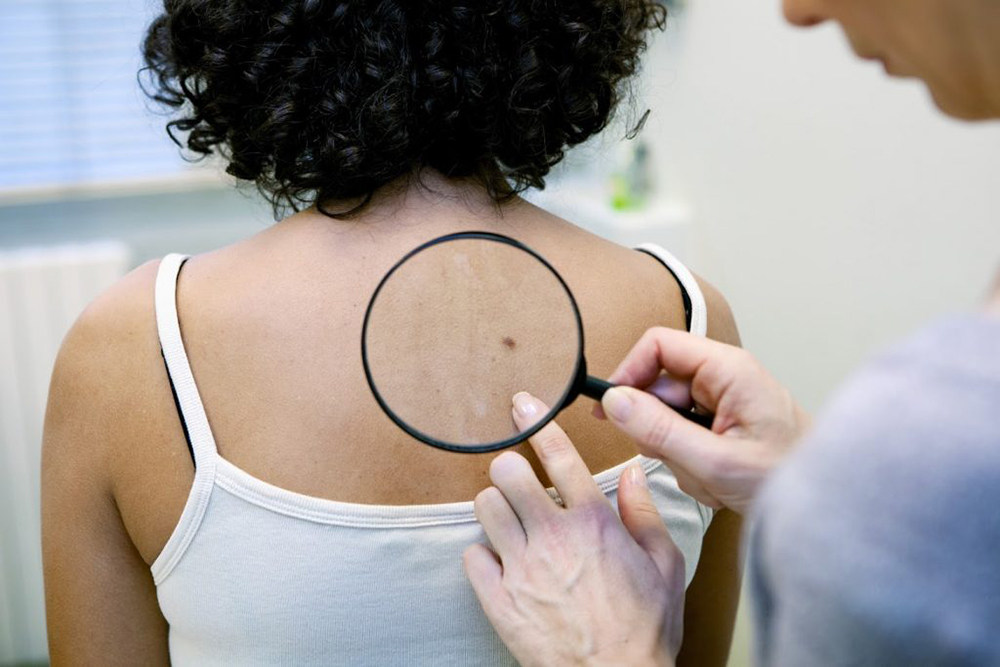By Dr. LaToya Roberts
With age, the emergence of moles, freckles, and sunspots becomes increasingly common, highlighting the need for vigilant self-examination. Dermatology experts emphasize the importance of monitoring skin changes, employing a simple yet effective method known as the ABCDE rules to identify potential warning signs of skin cancer.
The ABCDE criteria serve as a straightforward checklist for assessing moles:
- Asymmetry – A mole that has one half unlike the other could be a red flag.
- Border – Watch out for moles with irregular, blurred, or jagged edges.
- Color – A mole exhibiting multiple colors or uneven shades may warrant attention.
- Diameter – Moles larger than 6 millimeters, roughly the size of a pencil eraser, should be examined.
- Evolving – Any change in a mole’s size, shape, or color over time is a cause for concern.
Regularly checking your skin for any changes is crucial. Documenting these changes with photographs can be particularly helpful in tracking the evolution of any suspicious spots.
It’s important to note that any mole or skin lesion that differs significantly from others in terms of shape, color, texture, or size, or exhibits symptoms like itching, crusting, or bleeding, should be promptly assessed by a healthcare professional.
Early detection plays a key role in the effective treatment of skin cancer. Therefore, individuals are encouraged not to overlook any mole or skin lesion that appears unusual or “suspect” in any way. Consulting a physician for a professional evaluation is always the best course of action when dealing with potential skin anomalies.
LaToya Roberts, DO practices internal medicine at Harbor Internal Medicine. Her office is located in Bayside Commons suite 105, 501 Bay Avenue.in Somers Point.










